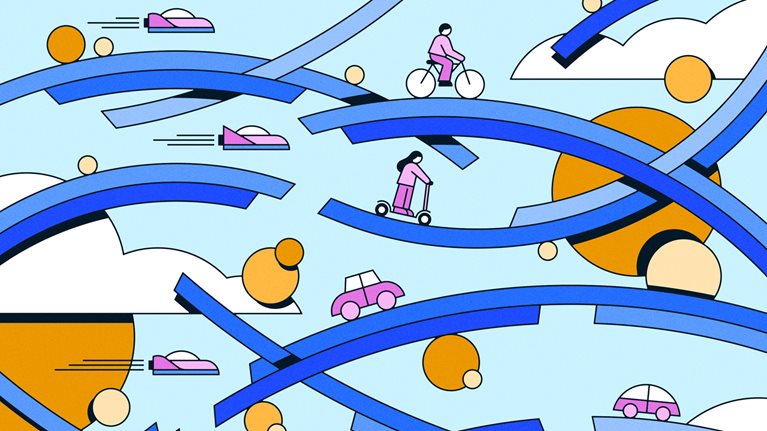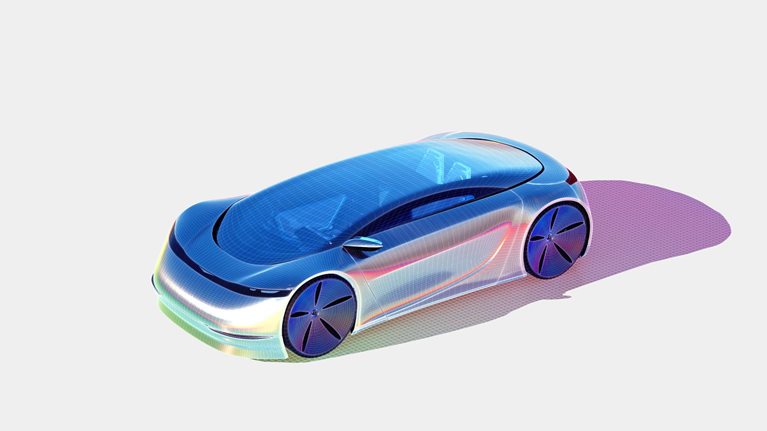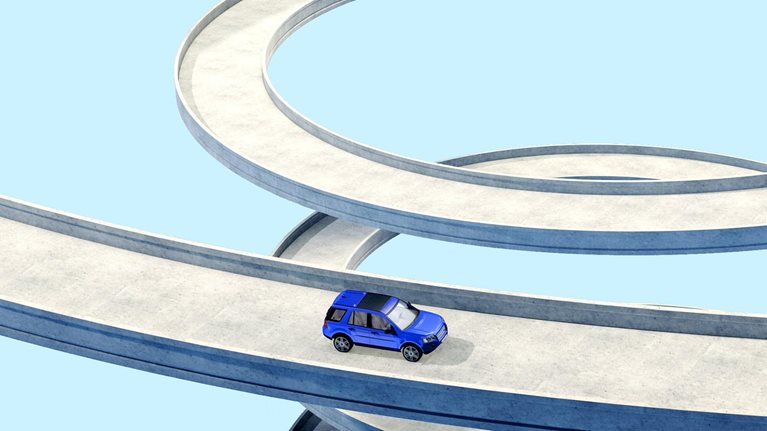This series of McKinsey Explainers explores what’s around the next corner for the mobility industry.

A playful design features various modes of transportation, including bicycles, scooters, and stylized cars and flying vehicles, on curved blue tracks set against a light blue sky. The scene is enhanced with round orange and white shapes resembling suns and clouds.
How will people get around in the future? The push toward net zero has already revolutionized the automobile industry, and electric bicycles and scooters are proliferating on city streets—ensuring that over the next 20 years, the only mode of transit that’s likely to stay the same is walking. Whether shared, piloted, aerial, or autonomous, the future of mobility is coming up fast.
What is micromobility?
-
Micromobility refers to lightweight vehicles—typically electric—used for short-distance urban transportation. These vehicles provide a sustainable and flexible alternative to cars, helping to reduce traffic congestion and carbon emissions.
What is an EV?
-
EVs are powered by electricity and an electric motor, rather than a more conventional, gasoline-fueled internal combustion engine.
What is a self-driving car?
-
A self-driving car, or autonomous vehicle, is a type of vehicle that can operate with little or no direct input from humans.
What is an EREV?
-
Extended-range electric vehicles may ease the transition to the electric future of mobility.



